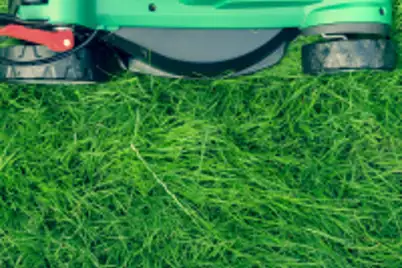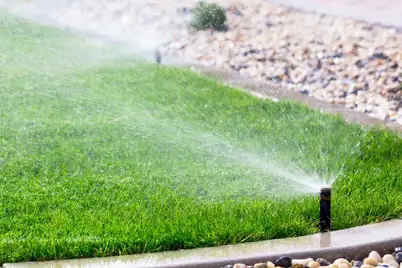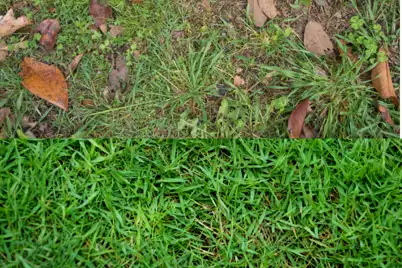Bindii, which usually causes problems in lawns, is one of the most common weeds you'll find at this time of year. Bindii is a soft, ferny-leafed plant that only reveals the nasty side of its nature when it develops its sharply-barbed seeds. These can make walking on the lawn in bare feet an utter misery.
You can remove bindii with what's called a 'selective' weedkiller but remember, if the bindii has already formed its spiky seeds, the weed is sure to re-appear next year. Make a note to begin control earlier next season.
Yates Bindii & Clover Weeder is a widely used selective herbicide. It cleverly removes the non-grass broadleaf weeds (like bindii) from the lawn, without damaging the grass. However, it's vitally important to know what type of grass you have and to choose a weedkiller that suits that variety (read the product label for more information). Yates Bindii & Clover Weeder, for example, isn't suitable for buffalo lawns. For buffalo you'll need to look for Yates Buffalo PRO Lawn Weedkiller which is based on chemicals that are safer to use on buffalo.
Other lawn weeds – such as cudweed, clover, dandelions, oxalis and capeweed – can also be removed with a selective weedkiller. Convenient, Hose-on Weed 'n' Feed combines a selective weedkiller with a lawn fertiliser – hence its descriptive name!
Weeds in garden beds can be removed using a glyphosate herbicide such as Zero. Zero is available as a concentrate that's diluted in water before use, or in a ready-prepared trigger pack. Glyphosate is non-selective, which means it will kill any plant material it contacts. This, obviously, means it must be applied with great care.
A new form of Zero – Zero Rapid – works twice as fast as the original Zero, so is a good choice if quicker results are important.
One easy way to apply Zero is with the clever Australian invention, the Zero Weeding Brush. This is a hollow tube that's fitted with a sturdy brush at the end. After the tube is filled with a Zero mixture, the herbicide flows down the tube and onto the bristles where it can be 'brushed' onto weeds from arm's length. The flow of herbicide is controlled by a specially-designed valve. There's no bending!
For longer-term weed control there are the once-a-year Yates Pathweeder Ready To Use. These leave a residual (up to 12 months) barrier that prevents weeds growing in paths, driveways, tennis courts and on paved patios. These types of weedkillers are only suitable for relatively flat areas where there's no chance that the chemicals will run down to garden beds or lawns and leave long-lasting damage.




